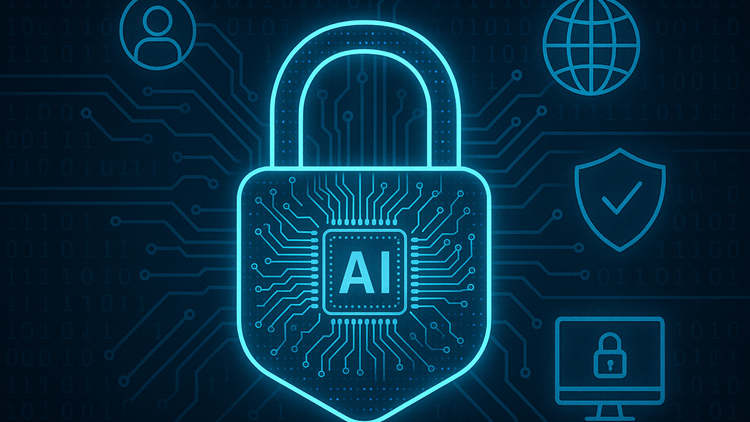AI and Cybersecurity Trends Every Tax Professional Should Watch

As the demand for digital tax services grows, so do the risks associated with protecting sensitive client data. At the same time, AI is also being used to strengthen cybersecurity defenses. For tax preparers, understanding this dual role is critical to maintaining a secure and compliant practice during peak filing season and beyond.
The Role of AI in Modern Cybersecurity
AI as a Defensive Tool
Firms that incorporate AI into their tax practice cybersecurity strategy may benefit from faster, more intelligent protection. AI tools may help:
- Detect unusual login behavior or access patterns
- Automate incident response actions such as quarantining devices or blocking suspicious logins
- Identify new threats based on past attack data
Tax software platforms and security vendors increasingly offer AI-driven features to enhance fraud detection and network monitoring.
AI as a Threat Vector
Cybercriminals are also leveraging AI to make attacks more effective and harder to detect. AI-generated phishing emails can mimic natural language patterns, making them appear more legitimate. Hackers use AI to automate network scanning, bypass multi-factor authentication, and impersonate voices or writing styles in social engineering attempts.
This creates a more complex threat environment, requiring tax professionals to go beyond traditional antivirus solutions.
Cybersecurity Best Practices for Tax Preparers
To reduce the risk of a data breach and protect client information, tax professionals can implement a layered cybersecurity strategy that combines technology, training, and compliance.
Download our cybersecurity checklist to help you and your tax business reduce the risk of a cybersecurity scam.
1. Follow the IRS Security Six
The IRS and its Security Summit partners recommend the following foundational protections:
- Use antivirus software and update it regularly
- Enable firewalls on all devices
- Require two-factor authentication for all logins
- Back up sensitive data to secure, offsite locations
- Encrypt drives and files that store client data
- Use a virtual private network (VPN) for remote access
Drake Software users benefit from built-in features like multi-factor authentication and encrypted data storage that align with these guidelines.
2. Invest in Security Awareness Training
With AI enhancing the realism of phishing attacks, tax firms must regularly train staff to recognize suspicious emails, links, and requests. Simulated phishing exercises and refresher courses should be conducted quarterly, especially ahead of tax season to help keep tax clients safe from scams.
3. Use AI-Enhanced Security Tools
Look for endpoint protection platforms, email security services, and firewall solutions that use AI or machine learning to detect and respond to threats in real time. These tools can help reduce reliance on manual monitoring and catch threats before they spread.
4. Monitor for Data Leaks
Consider using cybersecurity services that scan the dark web for leaked credentials or references to your firm’s data. If a breach is suspected, prompt action — such as password resets and client notifications — can help limit the damage.
5. Apply Role-Based Access Controls
Limit access to sensitive tax data based on job roles. Not all team members need full access to every client file. By restricting access, you reduce the potential impact of insider threats or compromised accounts.
As AI continues to evolve, it will shape both the threats facing tax professionals and the tools used to defend against them. Embracing AI-powered cybersecurity solutions while staying vigilant against emerging threats is essential to help protect your practice and clients.
For more information on cybersecurity best practices for tax professionals, please download our latest cybersecurity checklist.
Learn more about Drake Software Security Features.



